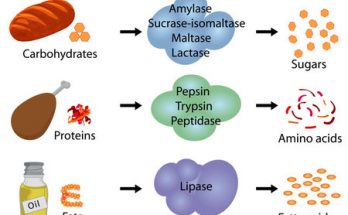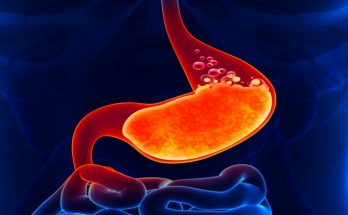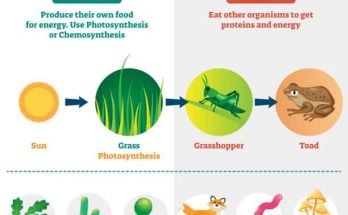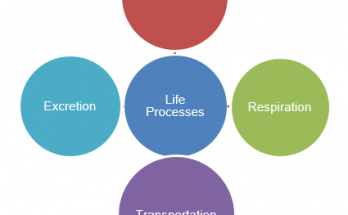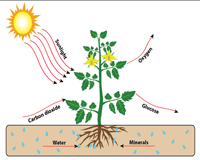
What is the role of Saliva in the Digestion of Food?
Saliva plays a crucial role in the digestion of food by lubricating and binding food, breaking down complex carbohydrates, maintaining oral hygiene and preventing the growth of bacteria. Saliva also contains enzymes that help initiate the digestive process by breaking down starch into simpler sugars. Saliva is an important part of the digestive process, facilitating the breakdown and absorption of nutrients from food.
What is the role of Saliva in the Digestion of Food? Read More